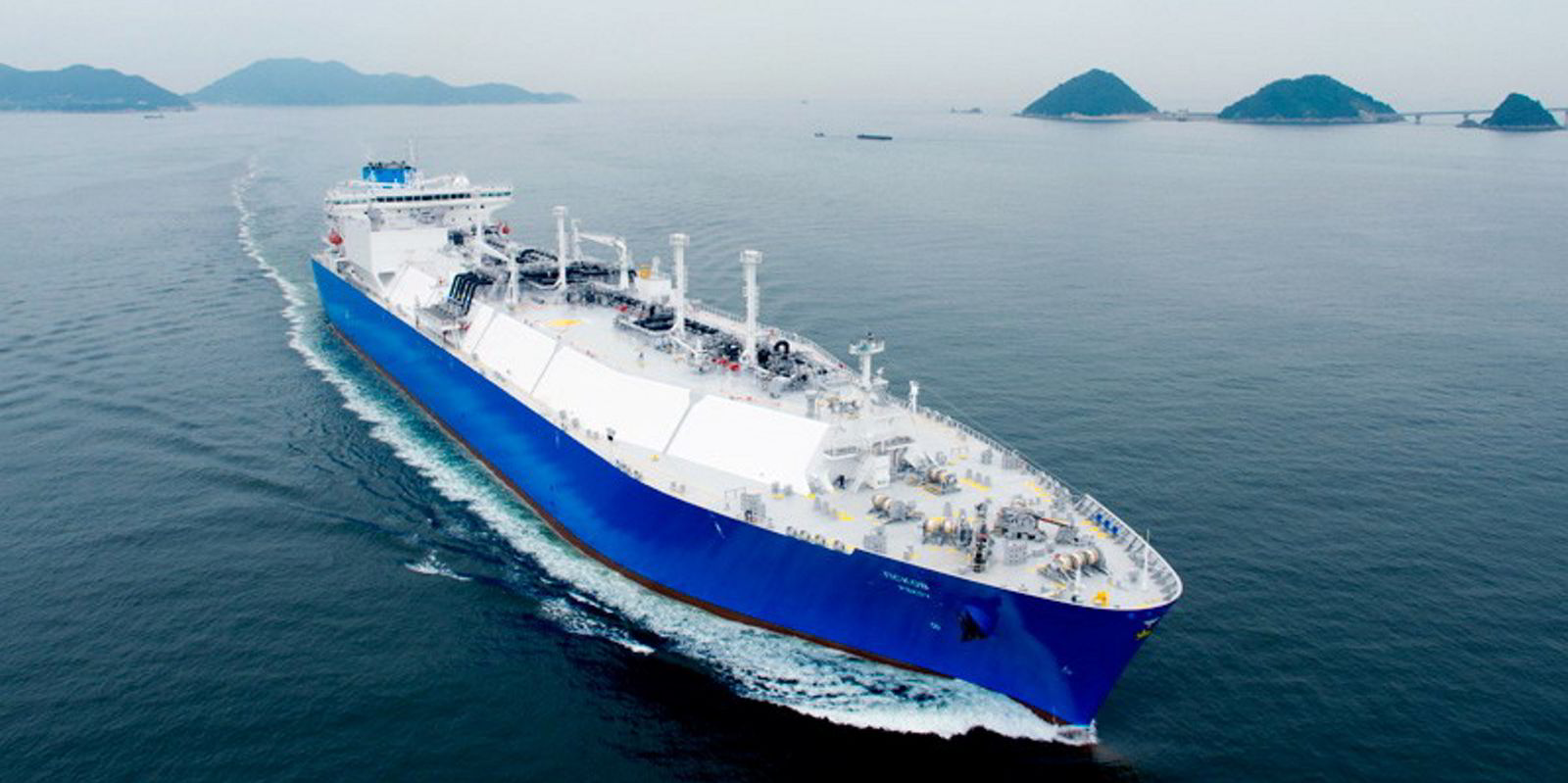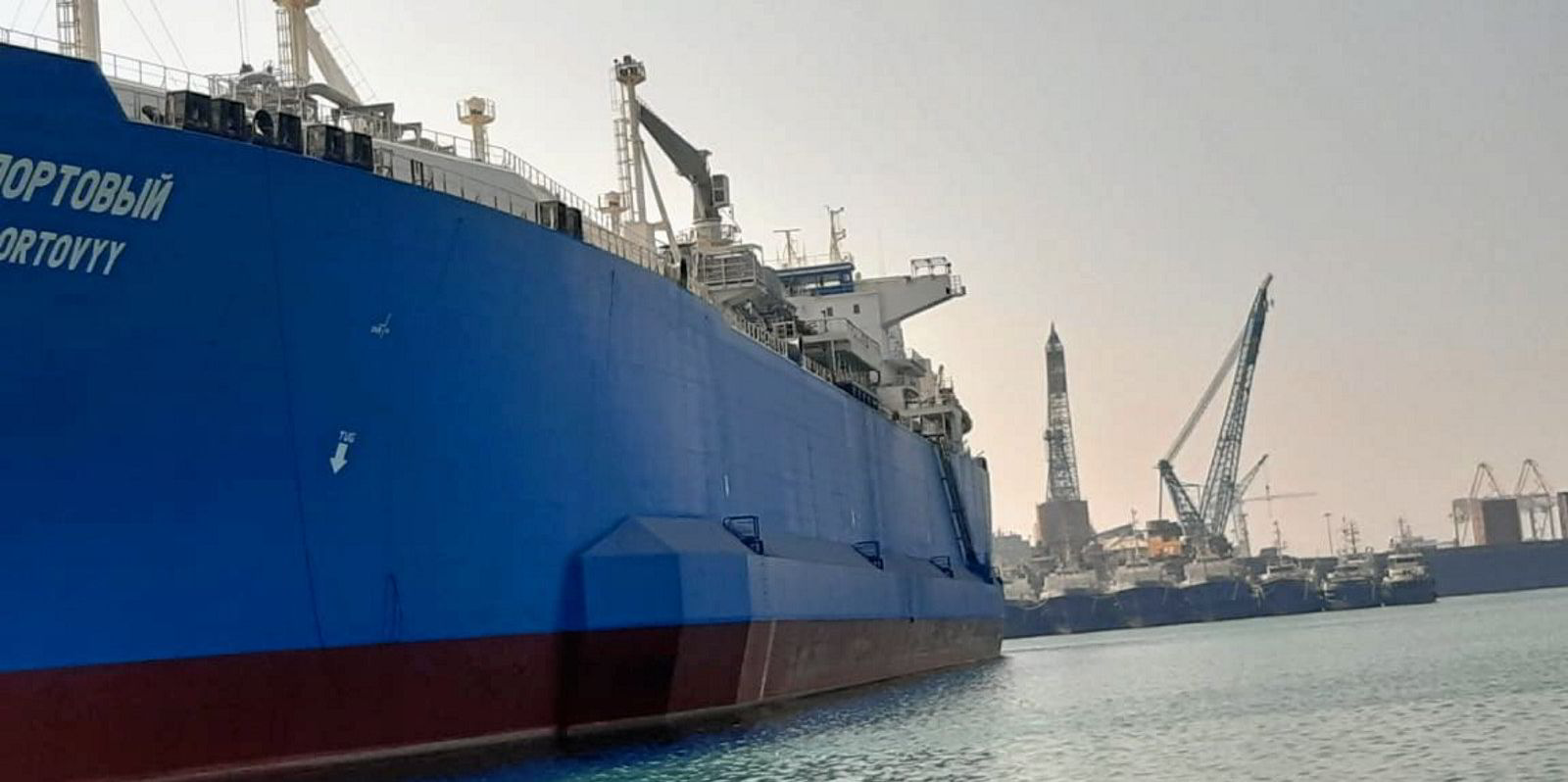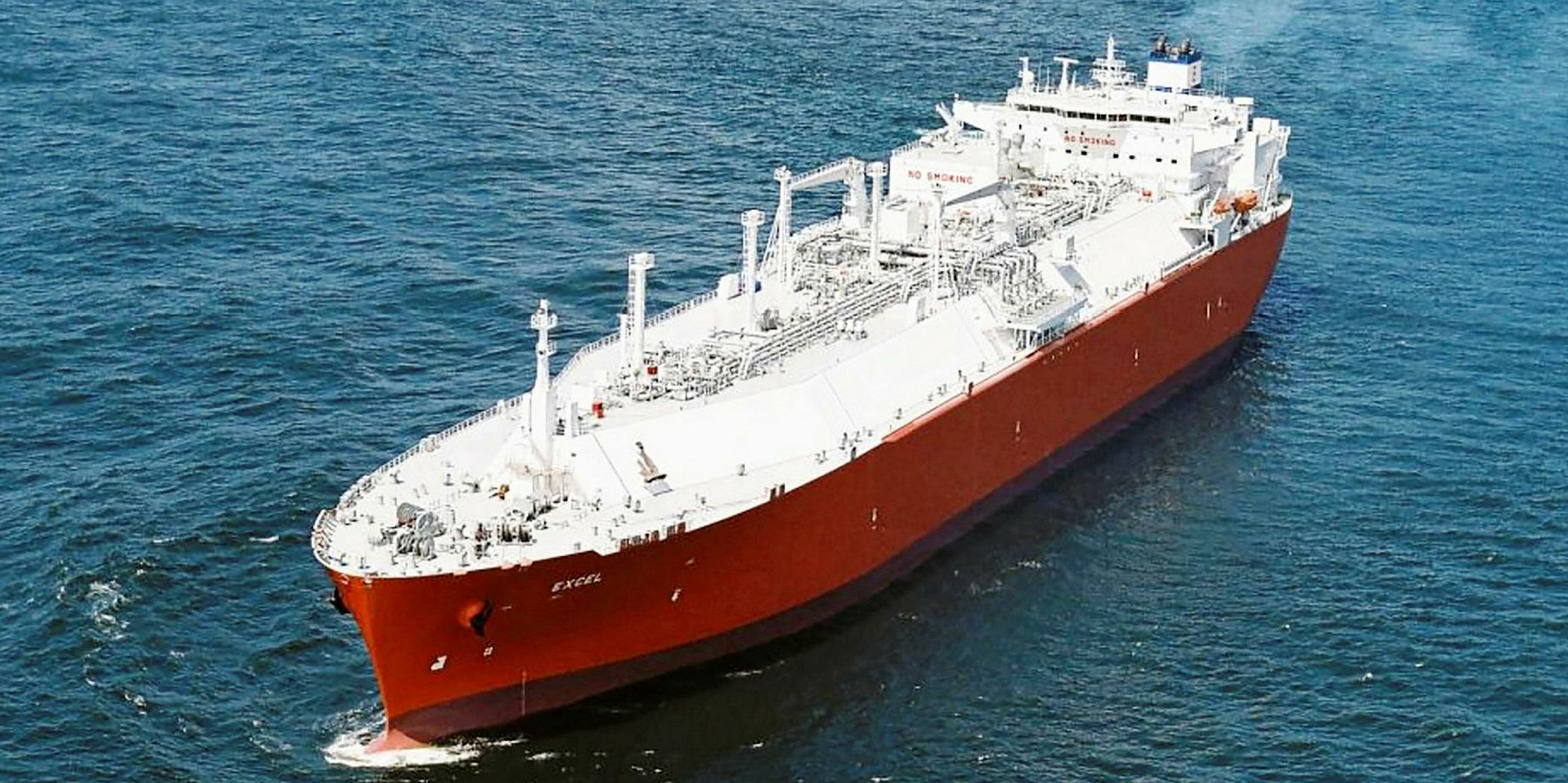An LNG carrier is on course for Russia’s new Portovaya LNG plant on the Baltic Sea coast as the recently started up liquefaction facility prepares to export a first cargo.
Eikland Energy’s iGIS/LNG detailed that the 170,000-cbm Pskov (built 2014) is heading directly for the 1.5-million tonnes per annum capacity plant near Vyborg.
TradeWinds reported in June that Pskov had been redelivered by German state-controlled Gazprom Germania to Russian shipowner Sovcomflot to comply with European sanctions against Russia.
The first volumes are expected to be delivered into the floating storage and regasification unit in Russia’s exclave of Kaliningrad.
The long-delayed start-up of the Portovaya plant has been the subject of some discussion in gas circles.
This month Russia was accused of flaring off gas that it would normally have supplied to the Nord Stream 1 gas pipeline which the country said was out of action due to technical problems.
Russia has since said it will not restart Nord Stream 1.
But some consultants that use tracking data to monitor liquefaction plant activities said the flaring was related to the start-up of the Portovaya plant.
The small-scale liquefaction plant has been a long time in the making.
It was originally due to start up in 2018 but has experienced a series of delays.
The new plant is using a specially converted LNG carrier, the 138,107-cbm Portovyy (built 2003, ex Excel) as a floating storage unit.
The FSU will be moored behind a breakwater and take on cargoes produced by the plant until they are ready to be offloaded onto visiting LNG carriers.
It will be moored starboard side at Portovaya and has been fitted with an ice belt designed to protect its portside hull from ice floes.
The vessel is capable of loading and discharging simultaneously and has been designed to remain on site for 20 years.





